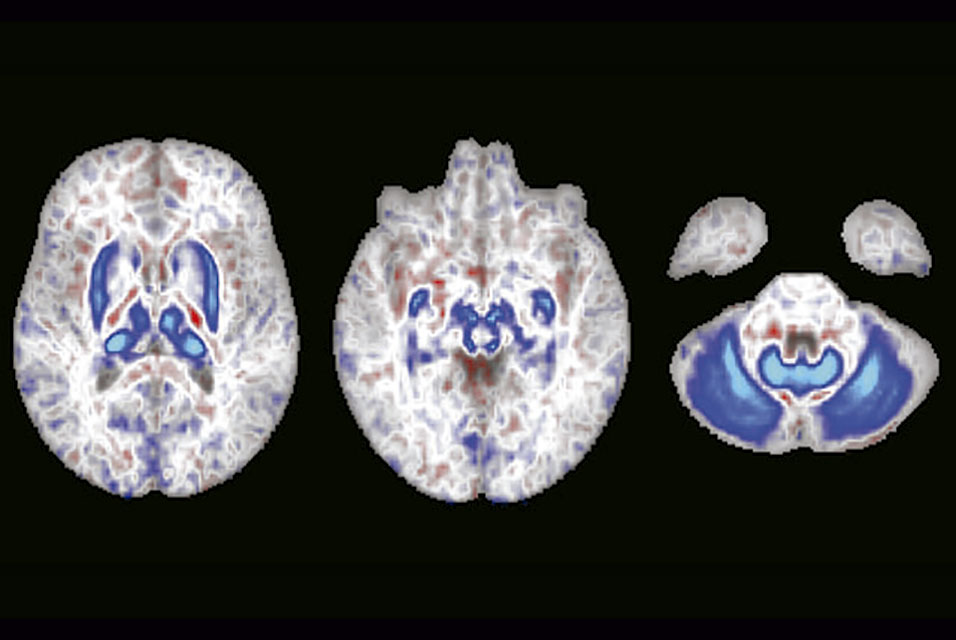AUSTIN, TX.- About 37,000 years ago, a mother mammoth and her calf met their end at the hands of human beings.
Bones from the butchering site record how humans shaped pieces of their long bones into disposable blades to break down their carcasses, and rendered their fat over a fire. But a key detail sets this site apart from others from this era. It’s in New Mexico – a place where most archaeological evidence does not place humans until tens of thousands of years later.
A recent study led by scientists with
The University of Texas at Austin finds that the site offers some of the most conclusive evidence for humans settling in North America much earlier than conventionally thought.
The researchers revealed a wealth of evidence rarely found in one place. It includes fossils with blunt-force fractures, bone flake knives with worn edges, and signs of controlled fire. And thanks to carbon dating analysis on collagen extracted from the mammoth bones, the site also comes with a settled age of 36,250 to 38,900 years old, making it among the oldest known sites left behind by ancient humans in North America.
“What we’ve got is amazing,” said lead author Timothy Rowe, a paleontologist and a professor in the UT Jackson School of Geosciences. “It’s not a charismatic site with a beautiful skeleton laid out on its side. It’s all busted up. But that’s what the story is.”
The findings were published in Frontiers in Ecology and Evolution.
Rowe does not usually research mammoths or humans. He got involved because the bones showed up in his backyard, literally. A neighbor spotted a tusk weathering from a hillslope on Rowe’s New Mexico property in 2013. When Rowe went to investigate, he found a bashed-in mammoth skull and other bones that looked deliberately broken. It appeared to be a butchering site. But suspected early human sites are shrouded in uncertainty. It can be notoriously difficult to determine what was shaped by nature versus human hands.
This uncertainty has led to debate in the anthropological community about when humans first arrived in North America. The Clovis culture, which dates to 16,000 years ago, left behind elaborate stone-wrought tools. But at older sites where stone tools are absent, the evidence gets more subjective, said retired Texas State University Professor Mike Collins, who was not involved with this paper and who oversaw research at Gault, a well-known archaeological site near Austin with an abundance of Clovis and pre-Clovis artifacts.
Although the mammoth site lacks clearly associated stone tools, Rowe and his co-authors discovered an array of supporting evidence by putting samples from the site through scientific analyses in the lab.
Among other finds, CT scans taken by the University of Texas High-Resolution X-ray Computed Tomography Facility revealed bone flakes with microscopic fracture networks akin to those in freshly knapped cow bones and well-placed puncture wounds that would have helped in draining grease from ribs and vertebral bones.
“There really are only a couple efficient ways to skin a cat, so to speak,” Rowe said. “The butchering patterns are quite characteristic.”
In addition, chemical analysis of the sediment surrounding the bones showed that fire particles came from a sustained and controlled burn, not a lightning strike or wildfire. The material also contained pulverized bone and the burned remains of small animals – mostly fish (even though the site is over 200 feet above the nearest river), but also birds, rodents and lizards.
Based on genetic evidence from Indigenous populations in South and Central America and artifacts from other archaeological sites, some scientists have proposed that North America had at least two founding populations: the Clovis and a pre-Clovis society with a different genetic lineage.
The researchers suggest that New Mexico site, with its age and bone tools instead of elaborate stone technology, may lend support to this theory. Collins said the study adds to a growing body of evidence for pre-Clovis societies in North America while providing a toolkit that can help others find evidence that may have been otherwise overlooked.
“Tim has done excellent and thorough work that represents frontier research,” Collins said. “It’s forging a path that others can learn from and follow.”
Co-authors include Jackson School professor Richard Ketcham and research scientists Romy Hanna and Matthew Colbert, as well as scientists from the Gault School of Archaeological Research, the University of Michigan, Aarhus University, and Stafford Research.
The research was funded by the Jackson School, the National Science Foundation, and the W.J.J. Gordon Foundation.










